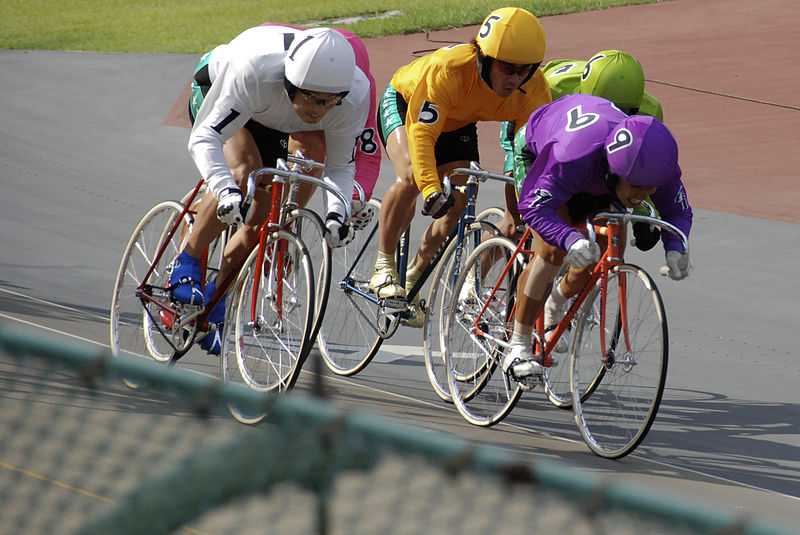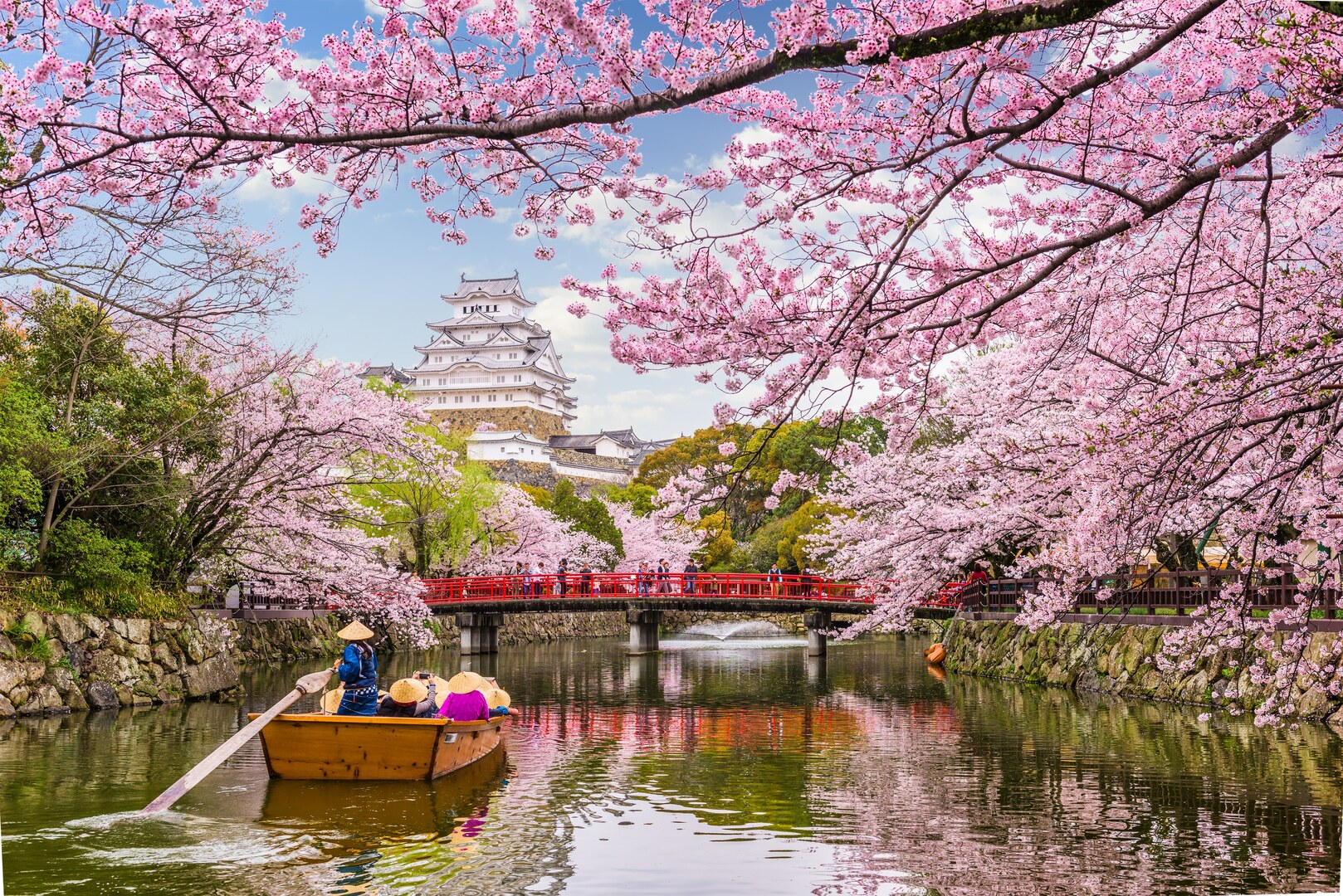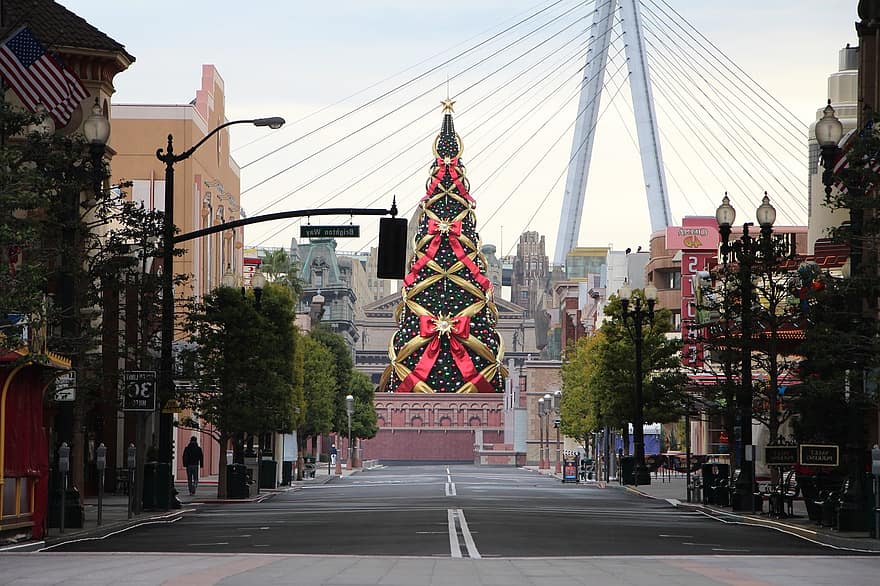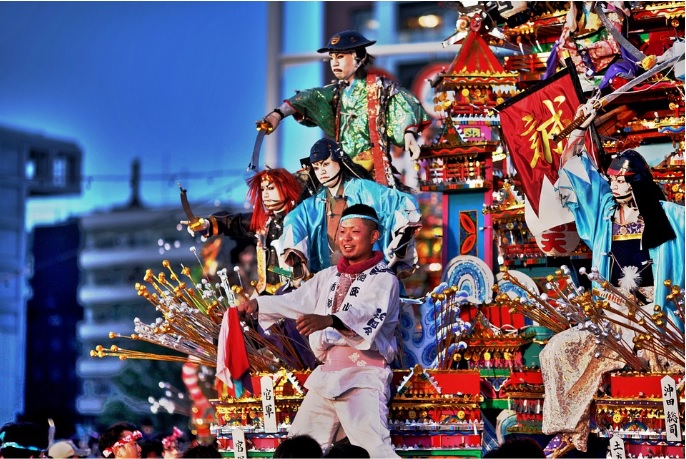
Cycling has always been a popular form of transport in Japan. For the Japanese, it is the most convenient way of going to their destinations. But cycling is not just a way of moving from one place to another in Japan.
In 1948, keirin, a motor-paced cycle racing, was developed to be a betting game. But the Japanese are known to transform any sport or craft into a discipline and so became an official event at the 2000 Olympics held in Sydney, Australia.
Today, the Nihon Jitensha Shinkokai (NJS) or the Japanese Keirin Association is regulating the keirin racing in Japan.
The Race
At the beginning of the race, the keirin cyclist will be presented to the crowd, wherein he or she will bow with respect before putting his or her bike on the starting line. Each of them will have an assigned number and color for the betting game, so that the audience can easily recognize them.
The races are usually 2 kilometers long, wherein the racers have a slow start by riding for about 25km/h and then speed up to 50km/h. The finishing speed of the winner should be around 70km/h.
Four referees will monitor the race. They are located in the four corners of the racing area. They will wave either a white or red flag after every race. The white flag indicates that there are no violations committed in their specific area. The red one indicates a possibility of a violation. The judges will be the ones to examine and decide if a participant committed a violation or not.
And just like any other fields in Japan, keirin has also transformed from being a simple betting game into a bonafide sports.
Japan Keirin School
Being a rider is not easy. Keirin cyclists should be mentally and physically strong. Aspiring riders must attend an intense 15-hour training per day in six days for 11 months.
Even merely entering the keirin school is not a piece of cake. The applicants undergo a series of physical and mental assessments, and are not assessed only with the ability to ride a bicycle. Only 10% of the all the applicants are able to endure the preliminaries.
Once you’ve passed the application process, all the things get tough. The training is quite similar to military training. There are series of physical activities that help improve their racing skills. Aside from the outdoor training, there are also lectures about the training theory and the race rules.
The riders are not allowed to use mobile phones during the training.
After months of training, the student should be able to pass the exams for them to be able to compete in professional keirin races in Japan.
Keirin Standards
Because of being known as an extreme sport, the NJS implemented a strict series of standards for keirin equipment. To have a fair game, all the riders should have similar bicycles. The bicycles should pass the strict guidelines set by the NJS. All the materials used should be approved and stamped by the regulatory body.
Also, just like other sports, keirin riders are also classified in terms of their skills. There are six ranks in total, as facilitated by NJS. The highest rank is called SS, followed by S1, S2, A1, A2, and A3.
During the race, you can identify the rank of the competitor by the color of the shorts they wear. The color of the A Class (A1, A2, A3) shorts is black with a green stripe and white stars on the side. Those who belong to the S Class (S1, and S2) wear shorts with red stripe and white stars. While the SS Class wear red shorts with a black stripe, white stars and special insignia.
Keirin definitely is not just about knowing how to ride a bike. The Japanese has converted this daily activity into a disciplinary practice that has changed the history of cycling in the world.
Sources:
Banner Photo by Paulkeller. Licensed under Creative Commons.





